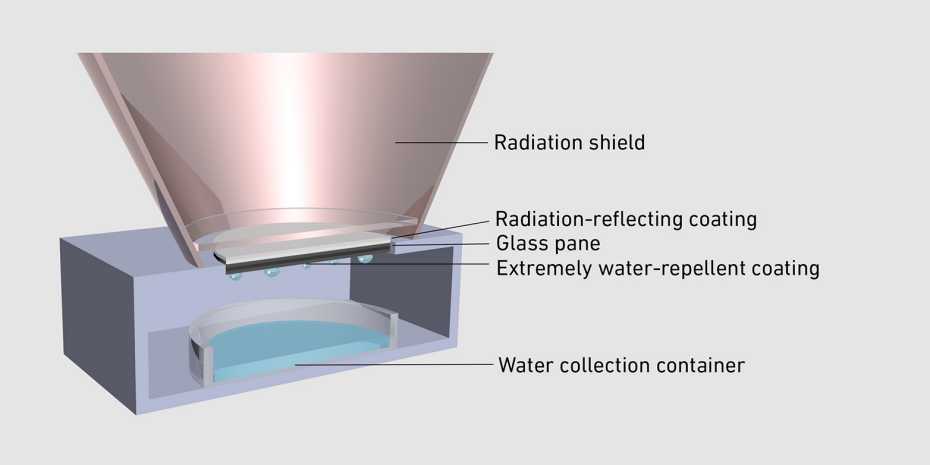via Microgrid |
Our library of microgrid white papers gives readers the chance to dive deeply into a range of distributed energy topics. What did our readers research the most in 2016?
The most downloaded paper explored microgrid financing and how to achieve a maximum return with advanced controllers. Other microgrid white papers that drew significant readership focused on energy storage, the Microgrid Knowledge annual survey, renewable energy microgrids, and a microgrid operated by the University of California, San Diego.
Here are top five microgrid white papers for 2016.
1) Siemens: How Microgrids Can Achieve Maximum Return on Investment
What’s missing to spur a vibrant financing market for microgrids? This guide posits that the industry needs to come up with a ready way to establish return on investment (ROI), particularly for advanced or ‘optimized’ microgrids. It shows how an advanced microgrid controller can help establish ROI, and it offers a method for doing so.

2) S&C Electric: Energy Storage in Smart Microgrids
As discussion around development of a smart grid has steadily increased, so too has talk about smart microgrids. A critical ingredient for smart microgrids is energy storage. Energy storage can play a major role in facilitating use of renewable energy resources to power microgrids, while also protecting power stability and reliability within the microgrid. This technology has advanced significantly in recent years, and the latest technology holds many promising benefits for microgrid applications.
3) Microgrid Knowledge Survey 2016
Microgrid Knowledge conducted a survey to gauge market perceptions about the microgrid landscape and its players, markets, and policies. The survey found electric reliability to be the number one reason customers install microgrids. Saving money came in close as a motivator for microgrids. The survey also finds that the industry embraces utility participation. A whopping 79 percent of respondents said that utilities should be allowed to develop, own and operate microgrids.
4) ABB: Renewable Energy for Microgrids
Analysts forecast strong growth for microgrids over the next several years. Much of this growth will include renewable energy and energy storage as the costs of both have dropped dramatically in recent years. These factors enhance the economics of renewable microgrids while also improving system reliability and flexibility. This can enable both on-grid and off-grid microgrids to support wide-reaching benefits, such as minimizing fuel and net energy costs, deferring system upgrade investments and reducing peak demand or emissions.
5) SEL: UC San Diego Optimizes Microgrid System With SEL POWERMAX and Protection Relays
During the 2011 Southwest blackout, the University of California, San Diego microgrid disconnected from the main grid, but did not shed load quickly enough. This caused their cogenerators to shut down and many important facilities to temporarily lose power. Operators manually restarted the generators, but it took five hours before power was finally restored to the entire campus. The university couldn’t risk something like this happening again. They needed a reliable way to shed noncritical load and maintain power to critical loads at all times. That’s when UC San Diego engineers began looking for a solution and in 2013, contacted SEL’s Engineering Service.
For information about posting microgrid white papers on Microgrid Knowledge, contact Kevin Normandeau, Kevin@MicrogridKnowledge.com.

